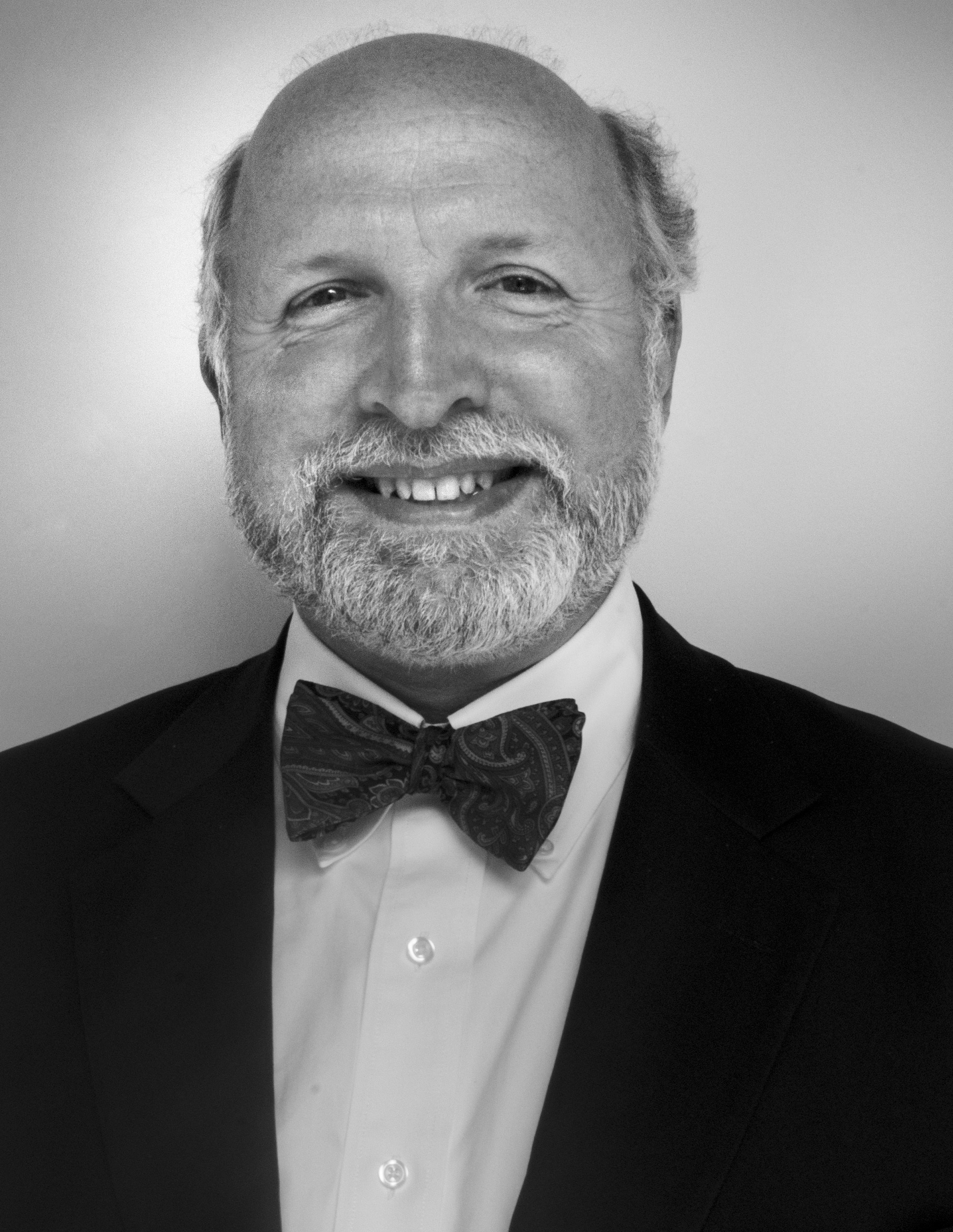The seven habits of highly effective presidents

For many BSA members, 2013 was a very good year. We were finally out of the brutal 2008–2011 recession, and business was picking up. As 2013 BSA president, I was optimistic about what we could accomplish, which was a nice change from the year before.
As Laura Wernick FAIA wrote, 2012 was pretty challenging. Just as we finished the move from Milk Street to BSA Space, our second executive director in two years resigned. As it worked out, my first act as 2013 BSA president was to sign an executive director contract with Eric White. True to his word, he didn’t resign during my presidency. As of today, he’s still doing a great job. Thanks, Eric.
Internally, 2013 was a year of realignment. We rolled out new board vice-president positions and created a new agenda for board meetings that aligned with the BSA’s strategic plan. And in what was the most profound realignment of the year, we brought the board of our sister organization—the Boston Foundation for Architecture, later renamed the BSA Foundation—together with the BSA board to pass a joint strategic planning motion. These aren’t the kind of accomplishments that make headlines for BSA presidents, but for an organizational policy wonk like me, they felt very significant.
On the membership side, our signature 2013 initiative was an outreach program for next-generation members called Leadership Lunches.
In my year as VP, we did some member-demographic research and identified a “cliff” for professionals under approximately age 35. So we worked to create something that would help make the BSA’s value proposition clearer to emerging practitioners. We convinced 11 BSA member firms to host six monthly closed-door lunches for three or four members of the BSA Emerging Professionals Network at a time. This program opened doors for the emerging professionals, gave them access to established firm leaders, and allowed the participants to build intergenerational bridges and exchange wisdom over sandwiches. About 40 emerging professionals participated in the first year of Leadership Lunches, which is now in its fourth year.
We also had a great deal of success on our advocacy, or civic engagement, agenda.
In the spring, we teamed with the Boston Redevelopment Authority and the Boston Public Health Commission to host Boston’s first Fit City Summit exploring the relationship between design and human health. And as a follow-up from our transportation advocacy work, we kicked off Traffic Advisory, a public forum series on sustainable regional mobility that brought speakers from around the world to share ideas about the future of urban mobility and help the City’s Transportation Department kick off its own 21st-century mobility plan.

On a sad note for me, 2013 was also the last year of Boston mayor Thomas Menino’s administration. But because of this, it was my very great pleasure to introduce the first-ever Boston Mayoral Candidates’ Forum of the 21st-century at BSA Space. Moderated by our own Renée Loth, eight mayoral candidates participated, including the eventual winner, Marty Walsh. The BSA also helped Mayor Menino’s Green Ribbon Commission by preparing “Building Resilience in Boston,” a best-practices survey of what other cities across the world were doing to prepare for the effects of climate change, and delivering it to the Walsh administration.
Also in 2013, the BSA hosted the annual conference of the Big Sibs—the 14 largest chapters in the AIA. Although I was disappointed to miss out on a free road trip to San Francisco or New York City, I was very proud to be able to show off our (still new) BSA Space to 60 or 70 professional colleagues from across the USA.
I am compelled at this point to say that all the BSA’s programs and initiatives in 2013 were made vastly better (and, in some cases, were made entirely possible) by our recent brave move to that beautiful center for architecture and design. I offer my sincere thanks to the volunteer members who served on the Atlantic Wharf task force. Well done.
Last but by no means least, there was Renovate for Recovery. To me, Renovate for Recovery (R4R) stands as enduring testimony to just how generous, selfless, and empathic everyone in the A/E/C community really is. Moments after those explosions went off at the Boston Marathon finish line, our community was asking “How can we as architects help those people whose lives have been impacted?” In mere days, R4R was formed by two members—Dawn Guarriello AIA and Dana Cohen AIA—and implemented by the BSA’s Gretchen Rabinkin AIA. In partnership with the State’s Department of Public Safety, R4R engaged 90 BSA volunteers in 12 home-accessibility renovations. This was—still is—truly great work.
I was not happy about relinquishing the gavel but very confident that my VP, Emily Grandstaff-Rice FAIA, would be—like Laura before me—one of the best BSA presidents ever. And she was.
Mike Davis FAIA, 2013 BSA president

